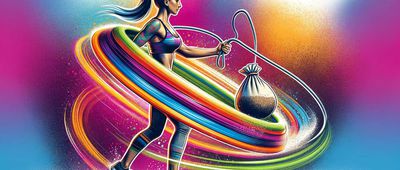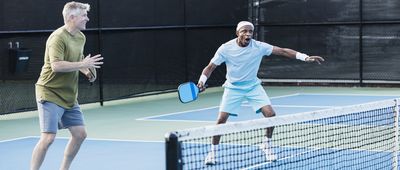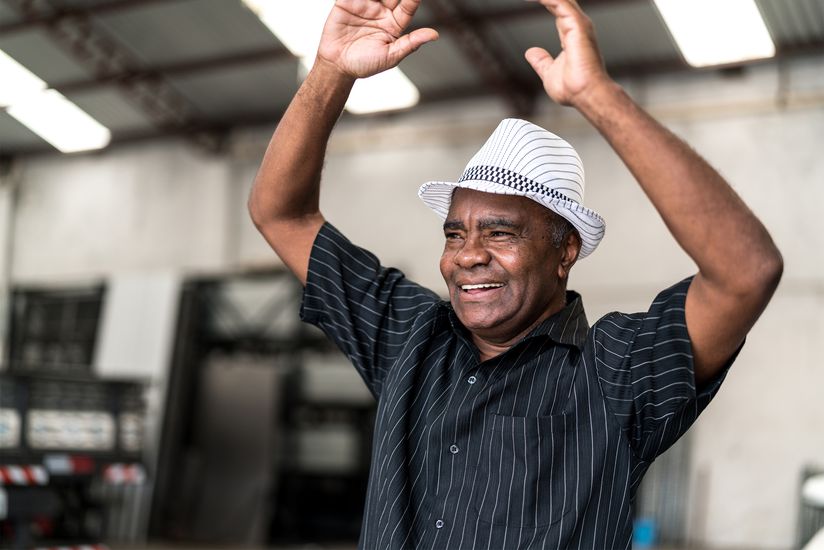Easy Does It
Judging from ads and magazines, you'd think that fitness is the realm of the young. Unfortunately, you'd be woefully incorrect — physical fitness is just as important for 67-year-olds as it is for the 27-year-olds. If you're not already living an active lifestyle, the path toward fitness may seem daunting, but, according to experts we consulted, it is nothing to stress about. "Rather than focusing on a specific benchmark, just focus on doing more than you have before," advises Ben Johnson, certified fitness coach and founder of BENTRAINED. Read on for 11 no-stress fitness challenges for older adults.
Note: Be sure to consult your healthcare professional before beginning any new fitness routine.
Related: 15 Activities Older Adults Can Adopt to Look and Feel Younger




















